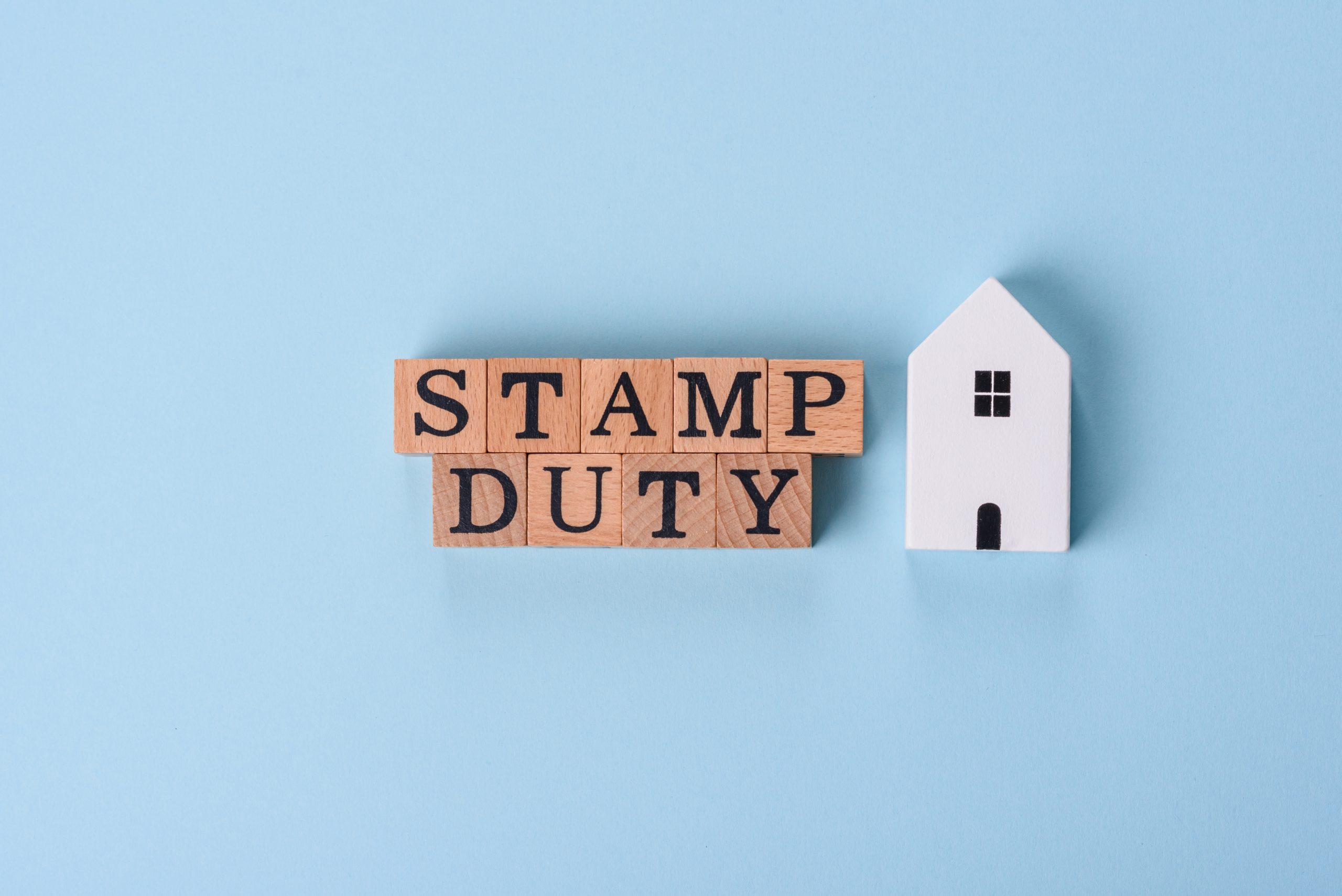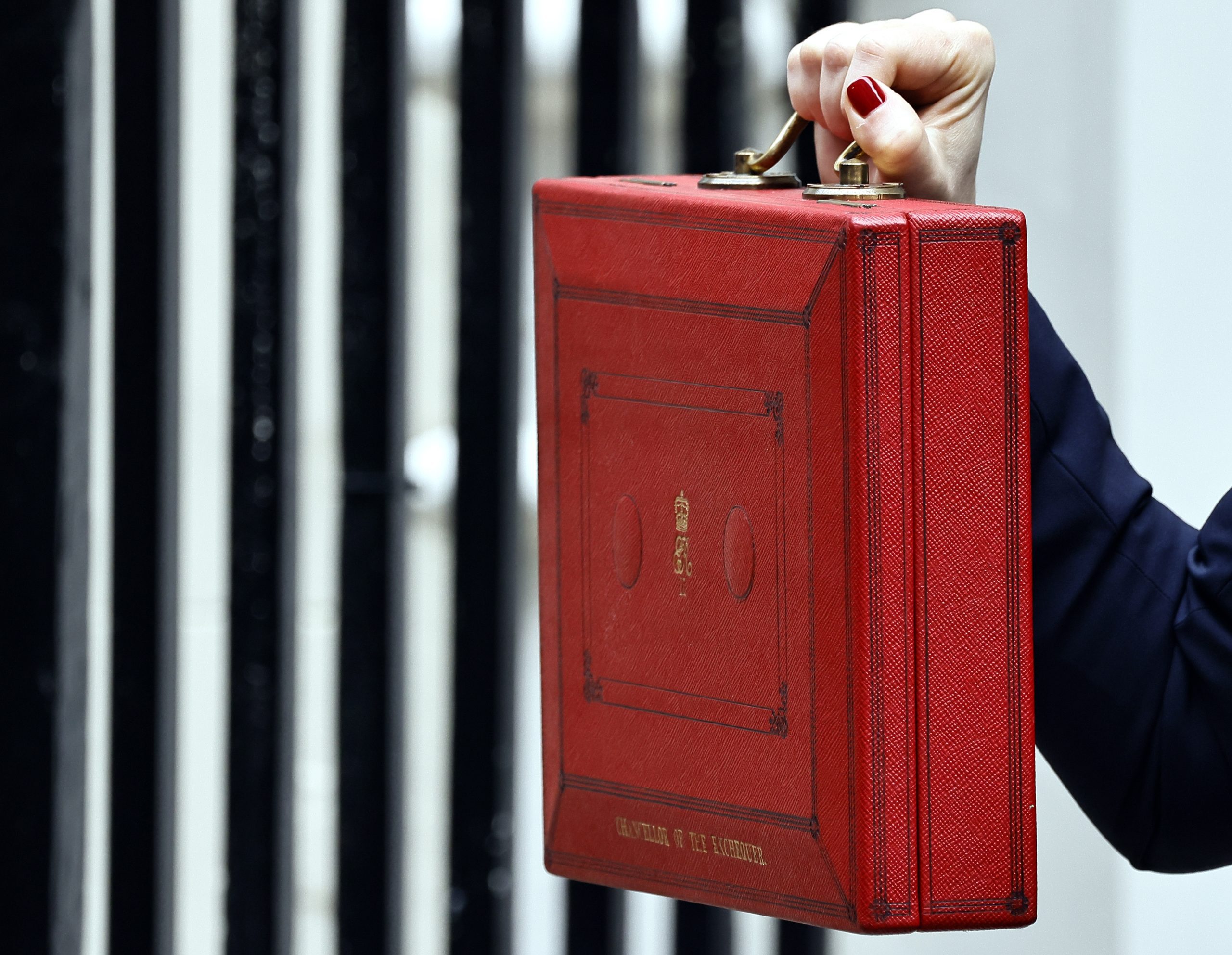Stamp Duty Changes and the Impact on First-Time Buyers and Property Investors
The recent Autumn Budget delivered by Chancellor Rachel Reeves introduced several key changes to Stamp Duty, the tax paid when purchasing property above certain value thresholds in the UK. These changes have the potential to significantly impact both first-time homebuyers and property investors. Here’s a breakdown of what the new rules mean, how they could shape the housing market, and what it all means for you.
Stamp Duty Hike for Second Homes and Investment Properties
One of the headline changes in this budget is the increase in Stamp Duty for those purchasing second homes or investment properties. Traditionally, Stamp Duty rates have been tiered based on property value and buyer type, with additional surcharges for second homes and buy-to-let properties. The new budget further raises the rate for these purchases, aiming to generate more revenue from property investors and reduce competition in the market for first-time buyers.
For property investors, this means higher upfront costs when purchasing additional properties, which could discourage speculative buying and potentially ease the demand pressure in some areas. Investors should also consider how these increased costs may affect the profitability of buy-to-let investments, as higher purchase taxes might squeeze margins, particularly in areas with high property prices.
End of Higher Stamp Duty Thresholds for First-Time Buyers
The Autumn Budget also brings an end to the higher Stamp Duty thresholds introduced by the previous government in the October 2022 mini-budget. This change will come into effect in April 2025. Under the 2022 rules, first-time buyers benefited from a Stamp Duty exemption for properties up to £425,000. However, from April 2025, the exemption will revert to its previous level, meaning first-time buyers will only be exempt on properties up to £300,000, with reduced relief available on properties valued up to £500,000.
This reversion is likely to impact affordability for first-time buyers, especially in areas with higher average property prices, such as London and the South East. With reduced relief, first-time buyers may face higher upfront costs, which could limit their ability to save for deposits or discourage some from entering the housing market altogether. This shift may dampen demand among first-time buyers, but it also gives them an incentive to move quickly if they can buy before the threshold change comes into effect.
Potential Knock-On Effects on Rents
While the government’s aim is to make homeownership more accessible to first-time buyers, the changes may have some unintended consequences for renters. If higher Stamp Duty rates discourage property investment, the supply of rental properties could shrink, especially in high-demand areas. Reduced rental stock may, in turn, lead to higher rents as landlords pass on increased costs to tenants or limit supply in response to less favorable market conditions.
For tenants, particularly young professionals and those in urban areas where rental demand is high, this could mean a tougher rental market with fewer options and potentially higher rental costs. It remains to be seen whether this dynamic will materialize, but renters may want to prepare for potential market shifts as these changes take hold.
What Does This Mean for First-Time Buyers?
For first-time buyers, these Stamp Duty adjustments come with both opportunities and challenges. On the positive side, the higher Stamp Duty rates on second homes could reduce competition from investors, potentially easing some of the pressure on housing prices in certain areas. This could create more opportunities for first-time buyers to secure properties, particularly in areas that have seen intense competition from buy-to-let investors.
However, the reversion of the higher threshold for first-time buyer relief in 2025 means that those looking to buy their first home may face higher upfront costs if they’re purchasing properties in the £300,000–£425,000 range. This added cost could affect affordability for many young buyers who are already contending with high property prices, inflation, and increased cost of living.
What Does This Mean for Property Investors?
Property investors will need to carefully weigh the higher costs associated with additional properties. While buy-to-let investments have traditionally been attractive due to rising property values and rental income, the increased Stamp Duty could make it harder for investors to achieve desired returns, particularly in areas with high property prices and lower rental yields.
Investors might also need to consider the potential for increased regulation in the rental market, as well as rising interest rates on mortgages. For those who still find property investment attractive, focusing on areas with strong rental demand and potential for capital appreciation will be key to maintaining profitability in light of these new costs.
Conclusion: Navigating the Changing Landscape
The changes to Stamp Duty reflect a clear policy direction aimed at curbing property speculation and easing access to homeownership. For first-time buyers, this could be an encouraging shift, though the cost of entering the market remains a significant hurdle. For property investors, higher upfront costs may dampen enthusiasm for additional purchases, especially in areas where property prices and yields are lower.
At Exchange Accountants, we understand that navigating these changes can be challenging, whether you’re a first-time buyer trying to secure your first home or an investor seeking to maximise returns. Our team is here to provide personalized advice on tax planning, investment strategy, and property transactions to help you make the most of the current market conditions. Contact us today to learn more about how we can support your property journey in light of the new budget rules.




